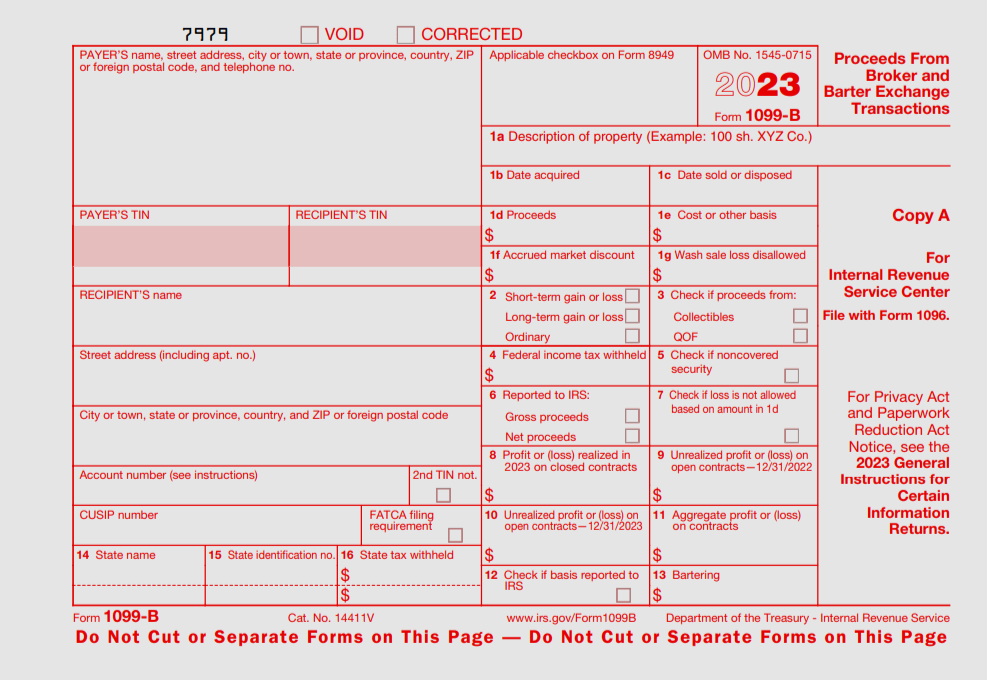Important information for J-1 visa holders before they leave the US
Are you currently in the US on a J-1 visa? Or perhaps you are planning to visit the US on a J-1 visa in the future.
A J-1 visa is a non-immigrant visa that allows eligible participants to go to the US for a specific time period to engage in a cultural or educational exchange.
J-1 programs fall under many categories, including Au Pair, Summer Work and Travel, Intern, Student, Research Scholar, and more!
No matter what J-1 visa you are on, you are sure to make great memories in the US, exploring the country and gaining invaluable life, training and employment experience.
Although taxes are probably the last thing on your mind as you enjoy your adventure, it is important to stay compliant with the IRS. After all, each J-1 program participant has a tax filing requirement. And if you do not have a clean tax record, you may encounter complications when applying for future US visas.
In this article, we will share important information on your J-1 tax obligations as well as other tips to consider before you leave the US.
Tax obligations on a J-1 visa
Most J-1 visa holders are considered to be ‘nonresident aliens’ for tax purposes in the US.
Your tax residency status will be determined by what’s known as the Substantial Presence Test. This test determines an individual’s tax residency status based on the number of days spent in the US.
If you meet the Substantial Presence Test, you will be considered a resident of the US for tax purposes and if you don’t you will be considered a nonresident and therefore will only be taxed on income earned in the US.
It is important to understand your tax obligations as a J-1 visa holder.
Regardless of your tax residency status, everyone in the US on a J-1 visa has a tax filing requirement and must file a tax return to account for their time in America.
Even if you didn’t earn any income during your time there, you will still be required to file tax documents.

Filing your nonresident tax return
You must file a US tax return to be compliant with the IRS and avoid any fines or penalties.
The tax deadline in the US is usually 15 April. This means if you are working in the US on a J-1 visa in 2023, you must file your tax return before the tax deadline in April 2024.
When filing your tax return you will need a Form W-2 along with Form 1040NR if you earned income, or Form 8843 if you did not earn anything.
Learn more about filing your J-1 tax return here.
What is Form W-2?
Form W-2 details important information regarding the income you earned throughout your employment in America and the taxes withheld.
You’ll need this document when filing your tax return and you will typically receive it from your employer by the end of January.
What is Form 1040NR?
Form 1040NR is the form that is used by nonresidents in the US to file a tax return.
There are a number of documents you will need to have close by when you sit down to file your J-1 tax return. These include:
- Passport
- Social Security Number (SSN) or Individual Taxpayer Identification Number (ITIN)
- US entry and exit dates for current and all previous visits
- All tax forms you’ve received (including Forms W-2, 1042-S and/or 1099, etc.)
- Visa/immigration status information – Form DS-2019
Read our ultimate US tax return guide for J-1 visa holders to learn more.
Here are some more important things to keep in mind when you leave the US at the end of your J-1 program

Retain your DS-2019 Form
This form certifies that you have been approved for a J-1 visa program and contains details about the program such as the J-1 visa category and the start and end dates of the program.
It is important not to disregard your DS-2019 as you will need it for future visa applications.
Closing your American bank accounts
When you arrive in the US, it’s a good idea to open a bank account as soon as you can. It will make your life easier when you are being paid by an employer.
It is advised that you visit your bank before leaving America to discuss the closing of your account. Some banks may require you to be present to close your account while others can be closed online.
It is important to note that the process of receiving your J-1 tax refund is more straightforward if you have a US bank account.
If it is a requirement to close your bank account in person before leaving the US, alternative options to receive your tax refund include by check, advancing the amount owed to a future tax return, or by Wise. Find out more about the options you have to get your hands on your American tax refund here.
By doing so, you will avoid maintenance or other fees building up in your bank account, which may affect your ability to obtain future American visas.
Don’t forget to cancel any direct debits you might have set up during your time in America.
Another tip is to notify your bank that your address will be changing. This will ensure any confidential letters are no longer posted to that address.
Keep your Social Security Number (SSN) safe
Most J-1 visa holders have to get a SSN or Individual Taxpayer Identification Number (ITIN) when they arrive in the US.
SSNs or ITINs serve as tax identification numbers and they are used for tax filing purposes.
Many people ask “does J-1 SSN expire?”
The answer is no, a SSN is a lifelong personal identification number. Therefore, if you visit the US in the future on another visa or for a work opportunity, you can still use the same SSN.
With that in mind, it is important to take note of your SSN or ITIN and not disregard your identification number as you will need it when filing your tax return and if you are working in the US in the future.

Understanding your J-1 Visa 30-day ‘grace period’
It is very important to understand the J-1 visa grace period.
The J-1 visa 30-day grace period refers to the time you have to depart the US following the completion of your J-1 program.
Generally people on a J-1 visa use this time to travel to different locations in the US.
Amongst all of the planning and excitement to visit the top places on your list, it is important not to stay in the US past the grace period.
Keep in mind that you must only travel within the US during this period. For instance, if you decide to travel to Canada, you will no longer be able to enter the US on your J-1 visa.
During the grace period you cannot work in the US, and staying in the US past this period is another factor that could affect your chances of obtaining future visas to the US.
Can a J-1 visa be extended?
Eligibility to extend J-1 visas varies depending on what J-1 visa category applies to you.
In most cases, J-1 Summer Work and Travel visas are not eligible for extensions. This visa is specifically designed for students to work and travel in the US during the Summer period.
If you are taking part in this J-1 visa program you could explore other visa options to allow you to stay longer in the US.
Whereas, some other J-1 visa categories may be eligible for an extension. For instance, if you are in the US on a J-1 visa under the ‘Student’ or ‘Research’ category you may be eligible for an extension if the program requires additional time to complete.
Overall, eligibility to extend your visa in the US depends on the specific J-1 visa category that applies to you and other eligibility factors.
Do you need help filing your tax return from your time spent on a J-1 visa in the US?
We understand that filing your tax return yourself can be stressful and time-consuming.
So why not let Sprintax guide you through the process!
Our tax software will support you from start-to-finish – guaranteeing that you are fully tax compliant in the US and ensuring you receive your maximum J-1 tax refund.
Filing with Sprintax is a simple online process. To get started, simply create your account by completing the short form here.
More reasons to choose Sprintax
- Simple online process – no paperwork required
- We are the official nonresident tax filing partner of TurboTax
- Access to 24/7 live chat with our team of experts

















